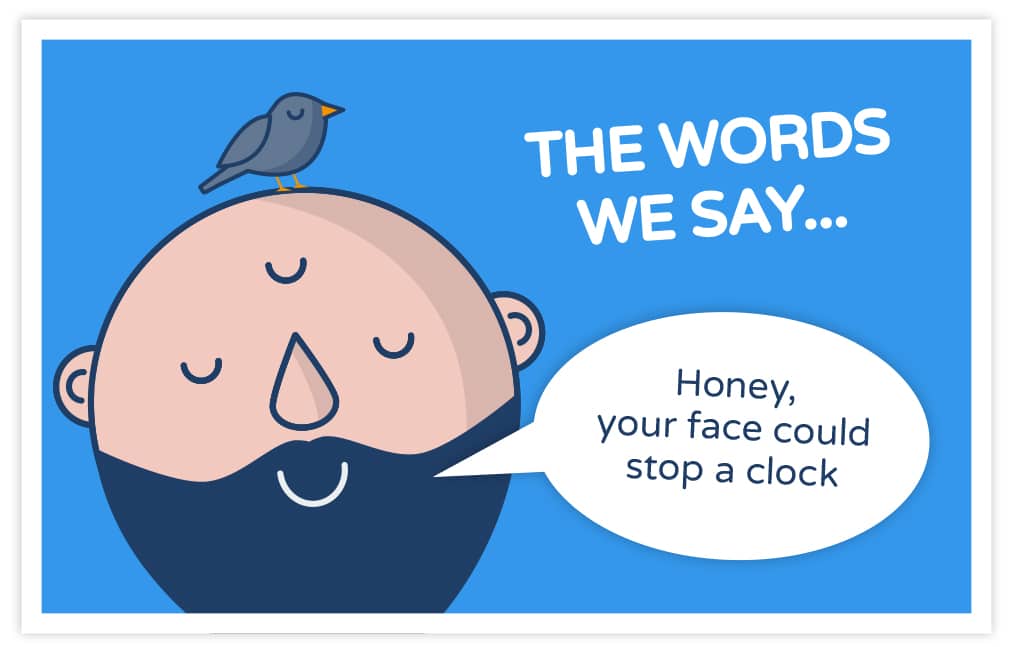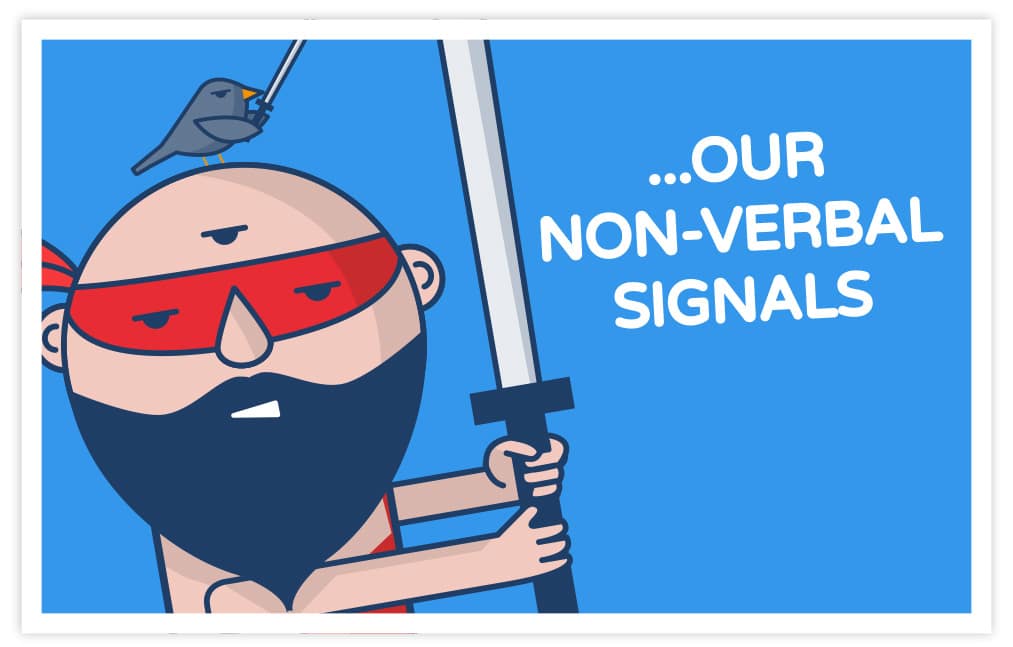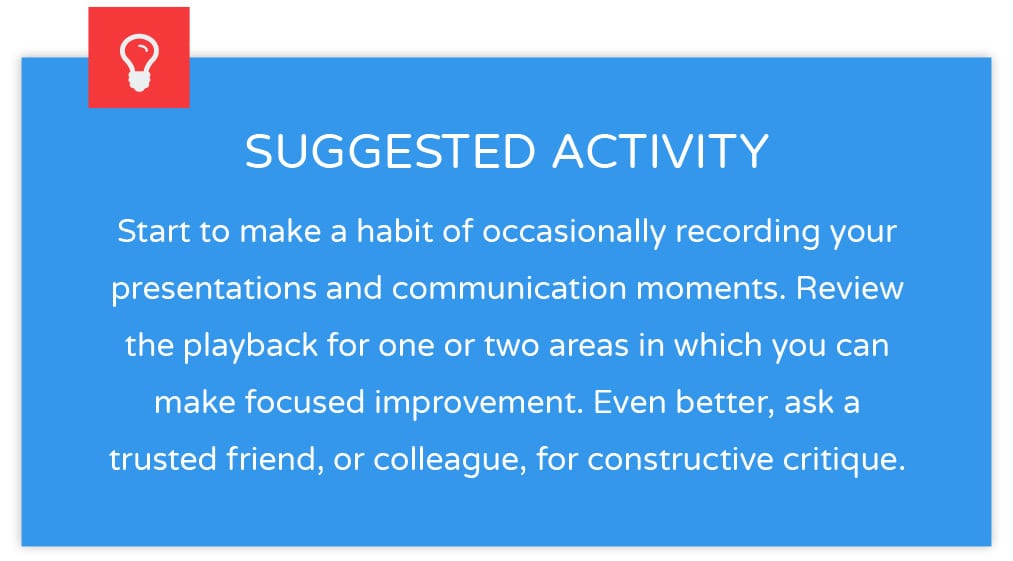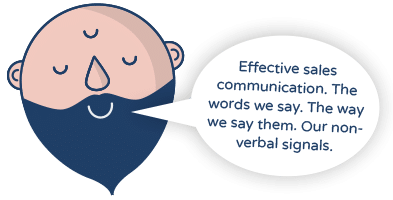Science primarily but some art also - “Honey, your face could stop a clock” - The fourteen year old reader - Ummmm - The most transferable language of all - Know thy self - Know thy prospect
Last week, we looked at the importance of inculcating the right sales attitude in your team. There is no point initiating a firm-wide sales improvement effort if you don’t address this foundational aspect first. As a close second, ahead of all the methodological components I am about to cover, is the importance of developing effective sales communication skills.
Sales communication skills
My forthcoming blogs in this thread will cover all the linear sequences of activity and orderly disciplines that improve your sales effectiveness. I have made it clear that there is a real management discipline, or science, that can be brought to bear here. I am, however, wary of skewing you too far this way. There is, of course, some art also to the realm of selling; but, not so esoteric it can’t be a part of your sales capability training programme.
We're sharing everything we know about how to build an awesome professional service firm (and enjoy the journey en route!) PLUS travel updates, reflections on our stumbles and general musings on our Method Grid journey. Signup below to get the latest articles
Climbing Mount Audacity…
From Startup to Scaleup!
direct to your inbox.
There are two key sales communication skills. Communication effectiveness generally and, as a related aspect, emotional intelligence – required in order to adjust your behaviours contingent on the type of prospective client you are dealing with.
Communication effectiveness has three dimensions. The words we say. The way we say them. And, our non-verbal signals. Let’s take each in turn.
Our actual words are important.

If you don’t believe me, attempt this simple experiment (credited to Zig Ziglar). Try out these respective lines on a friend or partner – “Darling, you are so beautiful you could make time stand still” and then “Honey, your face could stop a clock”.
You survived? You still believe your choice of words is not important?
Of course they are important. When selling, it is particularly important to keep communications simple. Don’t make people work too hard to understand your message. They will soon tire of this. Anecdotally, the Wall Street Journal’s editorial guide implores its contributors to write as if addressing a fourteen year-old reader. This does not reduce its journalistic reputation for quality reporting; conversely, it enhances it.
We can often, in sales conversations or proposals, use half the number of words we actually use and be better placed for it.
Many companies are guilty of drowning their prospects in language they like to use – to show off their technical or professional expertise. The key is to use the language of your prospective clients. How do they describe the issue they are seeking to address? Focusing on this language as opposed to some buzzy management jargon addresses the nub of effective sales communication skills.
The words we use are important.
So, is the way we say them.
With the spoken word it pays to occasionally record your conversations and presentations for playback review. You will be amazed at how many superfluous “umms”, “basicallys”, “actuallys”, there are. We all have these verbal tics; getting rid of them will improve your voice mastery, which will in turn, improve your ability to communicate and influence.
Voice intonation can, literally, inverse the meaning or intent of the actual words being used. This is particularly marked on telephone calls. There is a real difference between someone with a relaxed, paced tempo and calm timbre and someone gabbling away. One invites dialogue; the other invites rushed exit. Remember the casual beside-the-bar metaphor I invited you to adopt in a previous blog?
Finally, we all know that non-verbal signals play a role also.

How we dress, how we hold ourselves, our facial demeanour. These all have a major role to play in the realm of sales communication skills.
Anthony Robbins, the motivational coach, facilitates a demonstration of how powerfully transferring body language is. He takes three members from his audience and asks one (A) to close their eyes. He then asks another (B) to get into the position of a mood of their choosing. Finally, he asks the third person (C) to rearrange (A) to the identical position of (B). When completed, (A) is asked to describe how the position makes them feel and it is remarkable how the mood can be so readily and accurately transmitted across.
I will refrain from citing a specific statistic as to each dimension’s relative contribution to the overall message. Maybe, like me, such claims of unscientific absoluteness in such studies irritate you? Suffice to say that the non-verbal dimension is commonly recognised as carrying the most weight, followed by the way we say it, with the actual words used a poor third.
All of this is a salutary reminder of the importance of first impressions and appearance when it comes to effective sales communication. I don’t have space here to do the emotional intelligence aspect justice. It is a fulsome area of research and writing in its own right. Other than to say, the best salespeople sell the way people want to buy. And, everybody wants to buy slightly differently!
Some prospective clients are gregarious and animated, others introvert and controlled. Some are assertive, others far more amiable and relaxed. The key is to be open-minded as to these differences and flexible in your behaviours contingent on what you believe best suits your interlocutor’s preference.
Knowledge and experience in the various personality-inventory tools (Myers-Briggs, KAI, Belbin, DISC etc) is useful here as they each facilitate self-awareness and a recognition of different personality types. Running a session with your own team, using such an inventory to explore such differences, makes for a great internal awareness raise on this topic. With such heightened awareness of your own traits and those of others, you are better poised to adapt your natural style contingent on your audience. From there on in, it is a matter of intelligent trial-and-error, sharing observations with colleagues after sales meetings and seeking feedback whenever possible. Whilst such initial awareness training is key, developing sales communication skills in your team requires this constant, collaborative attention.

So, what’s next?
Next week, I will continue my focus on selling and how to build a sales capability: with a look at the difference between hunting (new clients) and farming (existing accounts) and how to get the balance right.
Hopefully, you’ll join us on this journey. It’s totally free, and you don’t have to be a Method Grid customer (though you’re more than welcome to sign up for a free trial here).
We’ll be releasing a new post each week. To get each post emailed to you as soon as it’s published, sign up for the Climbing Mount Audacity mailing list below.
Climbing Mount Audacity…
From Startup to Scaleup!
We're sharing everything we know about how to build an awesome professional service firm (and enjoy the journey en route!) PLUS travel updates, reflections on our stumbles and general musings on our Method Grid journey.
Signup below to get the latest articles
direct to your inbox.
See you next week. Have something you want to hear more about? Let me know in the comments below or via Twitter.

 Project and Program Management
Project and Program Management  Project Governance Framework
Project Governance Framework  Benefits Management Framework
Benefits Management Framework 






